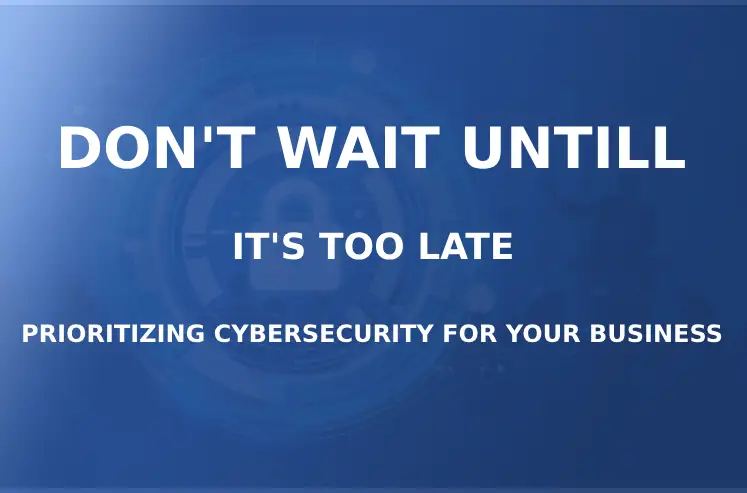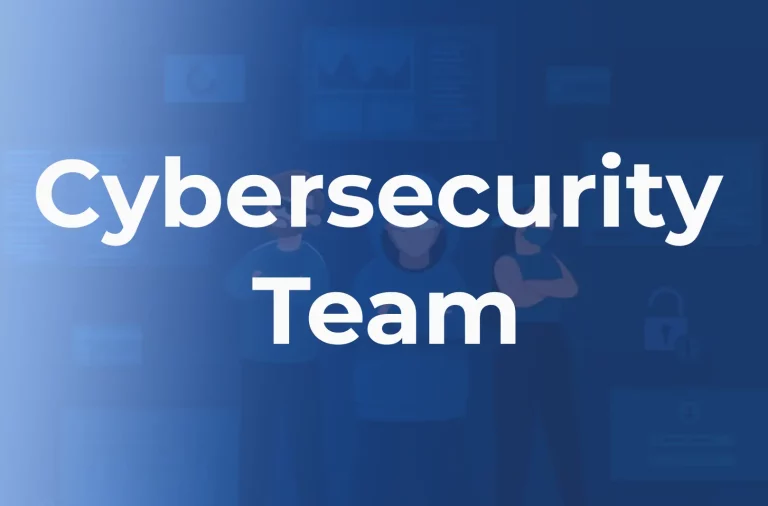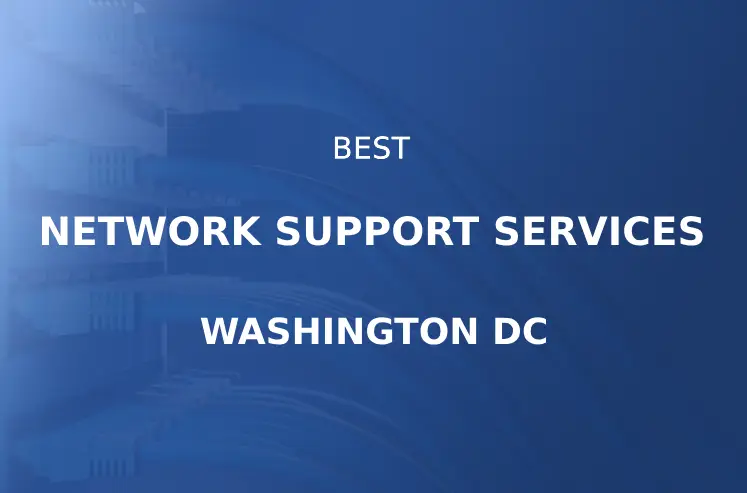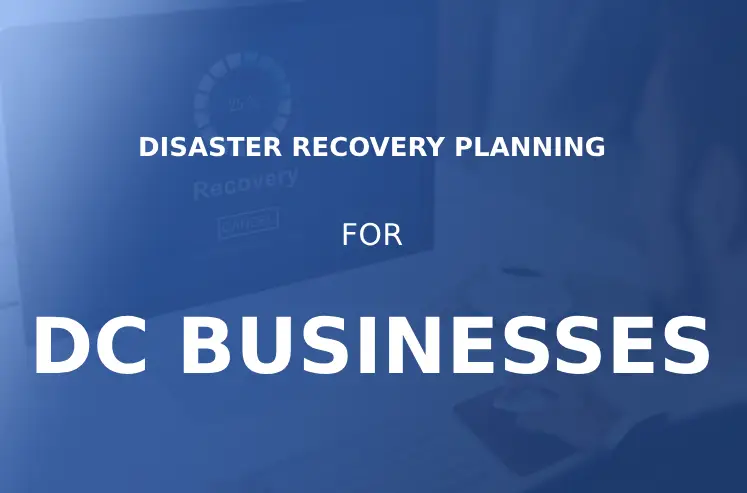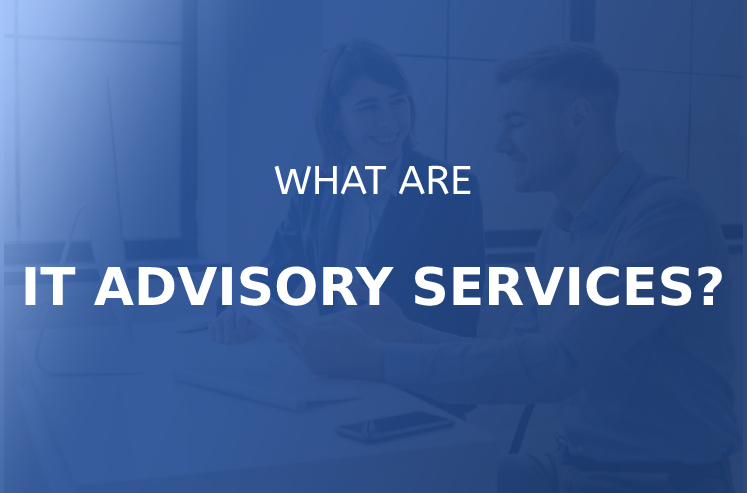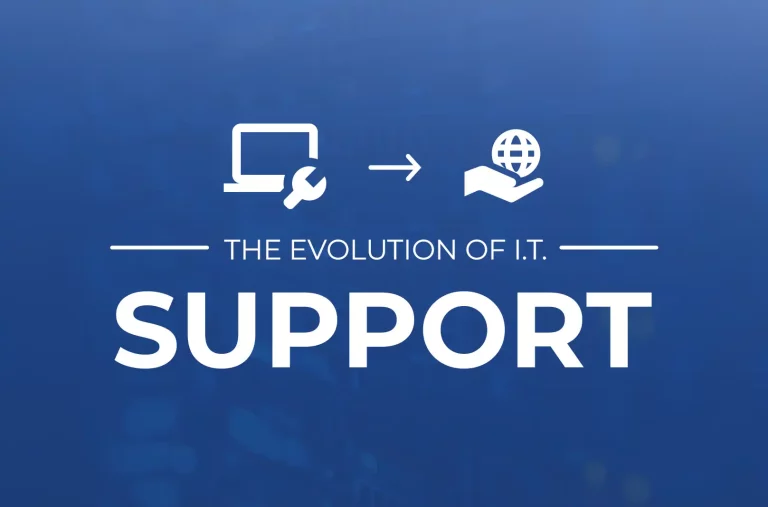Businesses today largely rely on technology to run their daily operations in the digital age. As a result, a company’s IT infrastructure has evolved into a crucial component of business continuity. The efficient management of an organization’s IT infrastructure is essential to ensuring that its activities run without a hitch. Due to its many advantages, remote infrastructure management (RIM) services are becoming more and more common among enterprises.
Remote IT infrastructure monitoring and management (RIM) is a procedure that entails doing so. Servers, networks, storage, and applications are all included in this. RIM services give companies access to a team of professionals who can remotely maintain their IT infrastructure. Businesses won’t need to keep an internal team of IT specialists thanks to this strategy.
To name a few, remote infrastructure management is essential for enterprises for the following reasons:
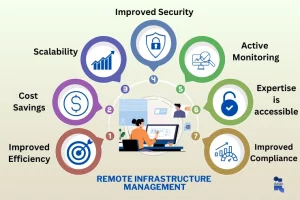
1) Improved Efficiency
The IT infrastructure of a company can be continuously monitored and managed with the help of remote infrastructure management services. This strategy guarantees that any difficulties or problems are rapidly discovered and fixed, minimizing the possibility of downtime. RIM services also manage IT infrastructure using automation and other techniques, which increases productivity and lowers the chance of human mistake.
2) Cost Savings
Cost reductions are one of the most important advantages of Remote Infrastructure Management services. Businesses that choose RIM services do not need to keep a staff of IT specialists on staff. This reduces the expense of acquiring, training, and keeping employees. RIM services also make use of automation and other techniques to decrease the need for manual involvement, which lowers labor expenses.
3) Scalability
Services for remote infrastructure management can be scaled up or down according to a company’s requirements. This implies that companies can add or remove services in accordance with their needs. This enables companies to customize the cost of managing their IT infrastructure to suit their demands, ensuring that they only pay for the services they really use.
4) Improved Security
Services for remote infrastructure management provide better security for companies. A group of professionals who are knowledgeable about security best practices work for RIM service providers. Businesses benefit from improved security as a result, which lowers the chance of security breaches. RIM services also make use of cutting-edge security technologies and technology to safeguard IT infrastructure.
5) Active Monitoring
Services for remote infrastructure management provide proactive IT infrastructure monitoring. This means that RIM service providers continuously monitor IT infrastructure to find and fix problems before they become serious ones. This strategy lowers the possibility of downtime and guarantees efficient corporate operations.
6) Expertise is Accessible
Services for remote infrastructure management give companies access to a group of IT specialists. As a result, organizations can benefit from the knowledge of experts in IT infrastructure management. The RIM service providers have a team of professionals with experience in managing the IT infrastructure of various enterprises. This guarantees that companies have access to a wealth of expertise.
7) Improved Compliance
Services for remote infrastructure management improve adherence to rules and regulations for the sector. RIM service providers have a team of professionals who are knowledgeable about the regulations that must be followed by different businesses. This minimizes the possibility of penalties and fines by ensuring that enterprises adhere to industry norms and standards.
These are some possible drawbacks of using remote infrastructure management services.
1) Security Issues
Security issues are a significant priority when handling mission-critical systems remotely. Data breaches can have disastrous effects on businesses, including harm to their brand and financial losses.
2) Utilization of Technology
Technology and internet access are necessary for remote infrastructure management. Downtime and service interruptions may occur as a result of technological or internet outages.
3) Communication Issues
Between the client and the service provider, remote communication can occasionally result in misunderstandings. This may cause problems to be resolved slowly or incorrectly.
4) Lack of Control
Sometimes losing control of the management process after outsourcing IT infrastructure management is a possibility. Businesses that wish to have more oversight and control over their IT operations may find this to be a disadvantage.
5) Cost
Although it can save costs for infrastructure and employees, remote infrastructure management can also be reasonably priced. IT infrastructure management may be more expensive to outsource for some firms than to keep an in-house team running.
Before making a choice, firms must carefully balance the benefits and drawbacks of remote infrastructure management.
Businesses should take into account a number of other criteria when considering whether to employ remote infrastructure management in addition to the benefits and drawbacks already covered.
First and foremost, cost must be taken into account. While building up the required infrastructure and training personnel to use it efficiently may incur large upfront expenses, remote infrastructure management can be cost-effective in the long term. Costs associated with maintenance and support may rise, particularly if the company depends substantially on IT systems and services.
Second, companies ought to think about how much control they have over their IT infrastructure. Businesses that use RIM are essentially ceding control of their IT infrastructure to a vendor outside the organization. Some businesses might find this concerning, especially if they need to protect sensitive or proprietary information. Maintaining internal control over IT infrastructure management may be preferable in some circumstances.
Businesses should take into account the level of technical knowledge needed to maintain their IT infrastructure efficiently. Even while businesses without internal IT expertise may find remote infrastructure management to be a great solution, it is crucial to make sure the third-party provider has the skills and experience necessary to manage the company’s IT systems. To make sure that every area of the IT infrastructure is covered, it could occasionally be necessary to work with different providers.
Businesses can increase the dependability, security, and performance of their IT systems while cutting costs and freeing up internal resources by implementing remote infrastructure management. But before deciding whether to implement RIM, it’s crucial to carefully weigh the pros and downsides that can be present. Businesses may make sure they select the best option to fulfill their particular demands and realize their objectives by doing this.
Key Takeaways
Services for remote infrastructure management have become crucial for managing commercial IT infrastructure. They provide many advantages, including increased productivity, cost savings, scalability, enhanced security, proactive monitoring, knowledge, access, and compliance.
These advantages allow organizations to concentrate on their core competencies while delegating IT infrastructure maintenance to professionals. Consider using ITAdOn‘s Remote Infrastructure Management services to manage your IT infrastructure more effectively. Send us a message with your specifications, and we’ll come up with a special plan.

